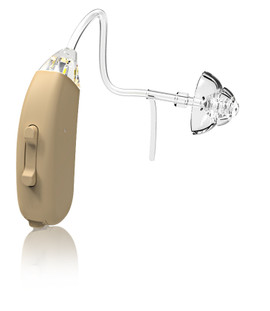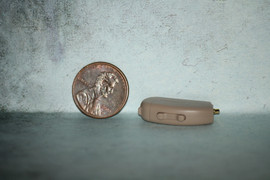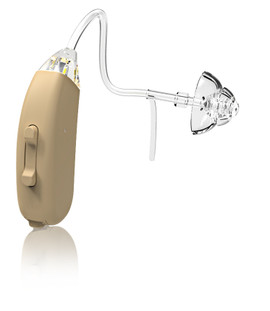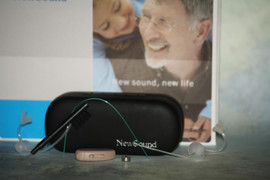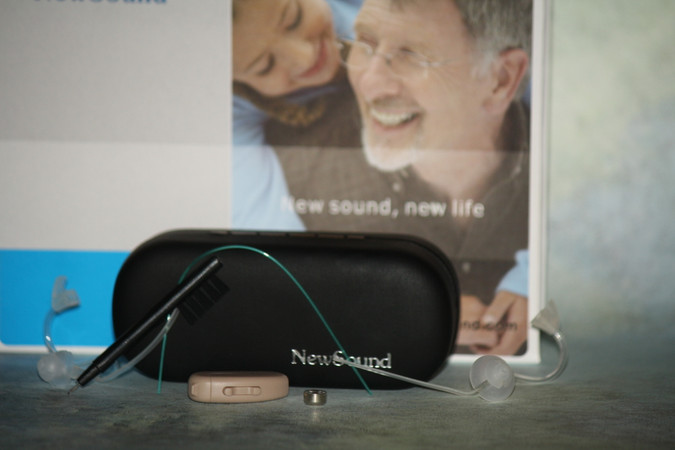5 Common Misconceptions About Hearing Aids
Posted by DR Paul on May 25, 2023
For those looking to buy a hearing aid, there are a lot of common misconceptions that they may come across. Some might believe that wearing a hearing aid is an immediate solution to hearing loss, while others might think that hearing aids are unnecessary devices that can easily be replaced with lip reading or sign language. In this article, we will be discussing five common misconceptions about hearing aids that are still rampant today.
Misconception #1: Wearing a hearing aid completely fixes hearing loss.
Although hearing aids have greatly advanced in technology, they don't completely fix all varieties of hearing loss. Hearing aids have specific strengths, and people with severe or profound hearing loss typically need further help such as cochlear implants or implantable bone-conduction instruments. Even with some hearing aids, people with certain types of hearing loss may still face challenges with speech comprehension in particular situations.
Misconception #2: Hearing aids are only for the elderly.
Although hearing loss is more prevalent among older adults, the truth is that people of any age can experience hearing loss. This can be due to factors such as noise trauma, exposure to loud noise through headphones, and genetics. There are many different forms of hearing aids on the market that can suit all age groups, including kids and teenagers.
Misconception #3: Hearing aids are bulky and obtrusive.
The most typical conception of a hearing aid is a large, boxy device that sits behind the ear, but in reality, there are several configurations of contemporary hearing aids that are both discreet and stylish. The most sophisticated hearing aids are practically invisible and are fitted inside the ear canal. Nowadays, it's challenging to spot even tiny devices from an arm's length, making it significantly less noticeable in social gatherings.
Misconception #4: One hearing aid fits all.
In actuality, selecting the right hearing aid is reliant on numerous factors, including the degree and kind of hearing loss and the patient's way of life. It's crucial to choose the right fitting and style of hearing aid, as well as adjust the programming to suit the patient's hearing needs. This is important because individuals have different degrees of hearing loss in each ear, but also because one may excel more in certain aspects, such as music listening. In these scenarios, two hearing aids may be necessary instead of just one.
Misconception #5: Hearing aids are not worth the investment because they have a short lifespan.
While it's true that most hearing aids have limited life spans of around 3-7 years, they are still worth the investment. Advances in technology and innovative software updates are continually being released to enhance performance. Additionally, hearing aids help patients living with hearing loss to build and sustain connections with others, which have been linked to improving overall health.
Conclusion:
When it comes to hearing aids, there are many existing misconceptions. These misconceptions can impact a person's ability to make the right decisions about their hearing. It's important to clarify and change these perspectives for people to make informed decisions about their hearing. By exploring these 5 common misconceptions about hearing aids, we hope we have provided a better idea of their real worth. With knowledge and perseverance, one can make a well-informed decision to improve their hearing and their quality of life.

